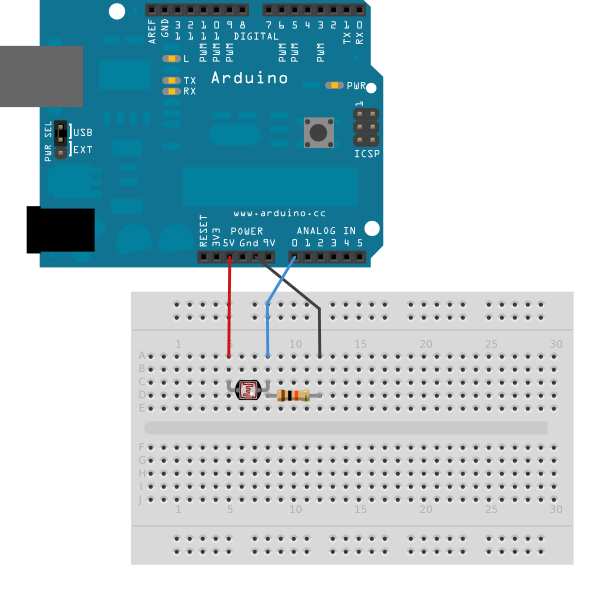

Arduino switch case code#
The code is * heavily commented and should help you work out what does what. * You will need to create code in the declarations, the setup, the main loop and make * some extra 'void' functions like those existing underneath the main loop. If the case is met, then its code turns on the LED at a specified pin using digitalWrite (). Run a jumper wire from the 5-Volt pin of the Arduino to either one of the outside pins. Started with TinyLIDAR Time-of-Flight Sensor on Arduino and Raspberry Pi. Step-by-Step Instructions Place the potentiometer into the breadboard. * - display a random number between 1 and 6 * * The code currently does this, but only with a 1 and a 4, it needs finishing! * Create the code to show numbers 2, 3, 5 and 6 too with reference to the circuit * diagram that shows what pin is connected to what LED bar on the display. The switch case statement compares the value of inByte to five different cases. Remove network switch case (2 small screws) Remove USB hub case (tricky. a button and a limit switch set up and everytime I click the button the motor needs to move a few steps.

* * We want to use this structure to control our display like a digital * die in the following way: * - if the button is pressed. Does Arduino have switch statement The break keyword exits the switch statement, and is typically used at the end of each case. Skipping Arduino code in a while statement. * * Also look under the functions section and find 'Random Numbers' * look at the 'random' function to see how we use it in the code below. * * Look at the Arduino site reference page and the description of * the 'switch case' statement under the 'Structure' section. Everything you need is here, but you will need to * do some duplication and changing of names/numbers.

That case will keep getting executed until you tell it to move to another case. You switch to case 1, which does the setup, and that case then switches to case 2, which it stays at until you tell it otherwise. An if statement allows you to choose between two discrete options, TRUE or FALSE.
Arduino switch case serial#
John Baichtal leads you through the fundamentals in an easy to. Arduino Switch (case) Statement, used with serial input.
Arduino switch case full#
* The full circuit has been given to you, but there is a fair bit of stuff * to add to the code. The key thing here is that case 1 is equivalent to a mini setup () and case 2 is equivalent to a mini loop (). These quick and simple video tutorials are the perfect way to break into the Arduino space. case' statement to control a * 7 segment display used for displaying numbers and letters.


 0 kommentar(er)
0 kommentar(er)
